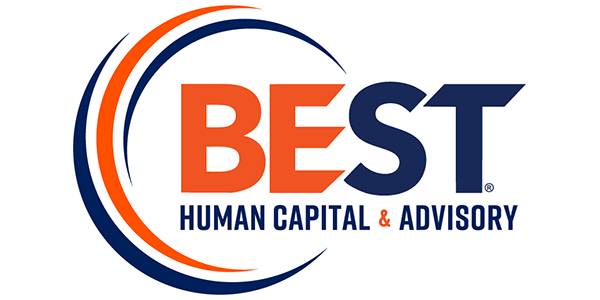
Your Exit Plan: The 3 Inarguable Reasons to Start NOW
What is Your Business Exit Plan? If you’ve ever done a business plan for the purpose of raising capital, one of the key questions is “What is your exit plan?” Many business owners think that question is self-serving, intended merely to let the venture capitalists figure when and how they will get their return on […]








